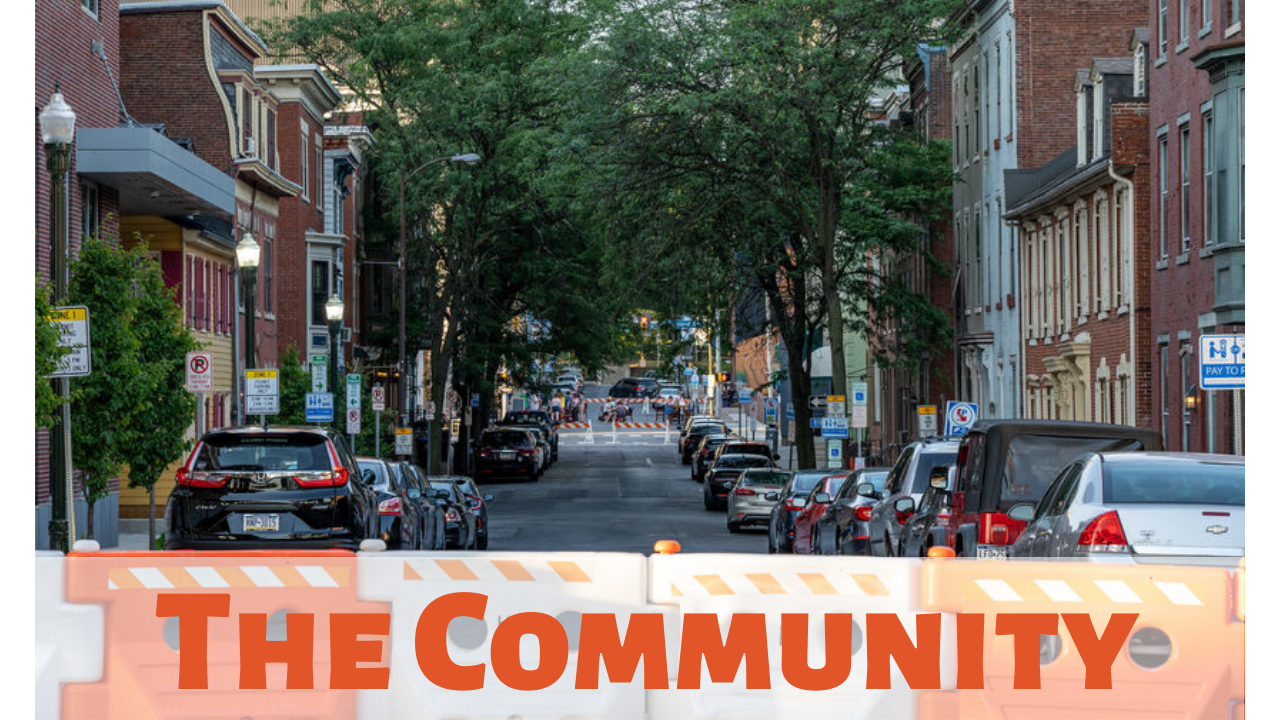The #1 Reason We Struggle to Get People with Disabilities into the Community

She was born in 1960, and her name was Rita.
Her entrance into this world was complicated and as a result, she was diagnosed with severe cerebral palsy.
Unable to speak, walk, bathe, eat, rollover, or do nearly anything else on her own, you might think she lived an isolated life.
Not so.
Rita went everywhere everyone else did, and then some. Shopping, church, camp, the Y, bowling, amusement parks, fairs, concerts, movies, theater, parks, zoos, other states, simply everywhere. Her 50 years on this planet were simply filled with adventures.
the Y, bowling, amusement parks, fairs, concerts, movies, theater, parks, zoos, other states, simply everywhere. Her 50 years on this planet were simply filled with adventures.
At just 5 years my senior, we interacted more as cousins than aunt and niece. And because of our close relationship, I often got to go on these adventures too. It was glorious! We met so many people and had so much fun.
Yet, despite a life of constant and diverse quests, there was one place Rita never went.
Rita, never once, went "into the community".
The Community
I had never even heard about the magical place called “the community” until I began working in the developmental disability field. "The Community", I learned, was a parallel dimension that people with disabilities sometimes visited.
While the rest of us simply walk out our front doors to run errands, visit friends, vacation, shop, sightsee, play, explore, etc., people with disabilities have a different experience.
People with disabilities cross a mysterious and invisible line, that can be only be found when one is in their presence.
Once crossed, a person with a disability finds themselves “in the community". But they don’t stay in the community...
They only visit.
As professionals, we know this to be true. And the reason we know their foray into this parallel dimension is only temporary, is because we professionals are continually trying to get people with disabilities back into the community.
We talk about it, we meet about it, we write policies and resources about it, yet…we continue to fail.
Why?
I have discovered several reasons for our systemic failures on this topic, but I will share the biggest and most foundational reason with you here now...
Here it is:
We...we the professionals, we the service system, we who are paid to advocate for the rights of people with disabilities and who long for the world to see those we serve as regular citizens...we see people with disabilities as separate.
We...through our words, have created the biggest barrier to actual integration.
We are the ones who see parallel universes, and we are the ones who escort people with disabilities in and out of those universes.
I am willing to bet that you have never, not even once, considered any action you perform in your life as going into, and then consequently, out of the community.
No. Like my Aunt Rita, you simply see yourself as part of the community, and because you are a member of the community, you view no line of separation. You freely move about your world, always “in the community” no matter where you go.
But we the system, In our continued quest to integrate, we separate.
And that, my friend, is the barrier.
So, what's the solution?
Here it is. It is simple, and straightforward. It will sound easy, yet you will likely find it to be a struggle.
Nonetheless, I am certain, with practice, you and your teams and staff can effectively eliminate this barrier. Are you ready?
My challenge to you
I challenge you, to eliminate the term "into the community" from your vernacular.
Remove the phrase from service plans, policies, instruction manuals, and regulations...and find a new way to express the idea that people with disabilities must have all the freedom of movement, participation, and enjoyment that the rest of us have.
Will you accept this challenge?
If you'd like some accountability here, I will send you a reminder at 1 month, and each quarter thereafter for a year. (I will not send any other emails unless you’d like them.) I simply don’t want this challenge to end up at the bottom of your to-do list, and if you are willing to share, I would love to hear about your progress. Simply click here to receive those accountability emails.
Let's get rid of our systemic barrier to community integration once and for all! I am looking forward to hearing about your progress and challenges, and as always, I am here to help if needed.
Join my newsletter and get the
🚀 "5 Power Moves That Will Make or Break Your Provider Success"
for free!





